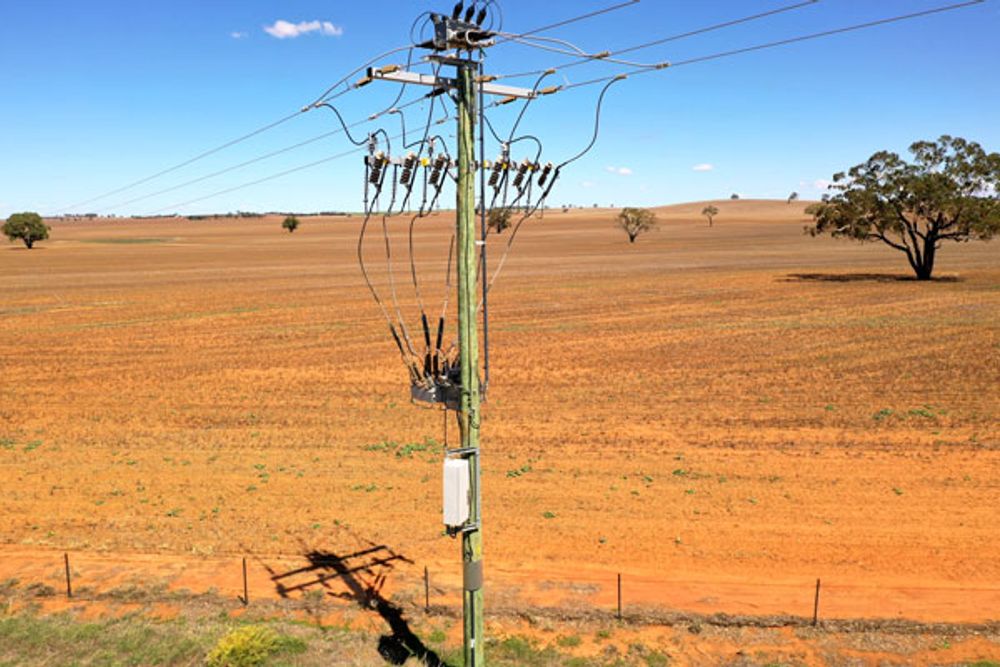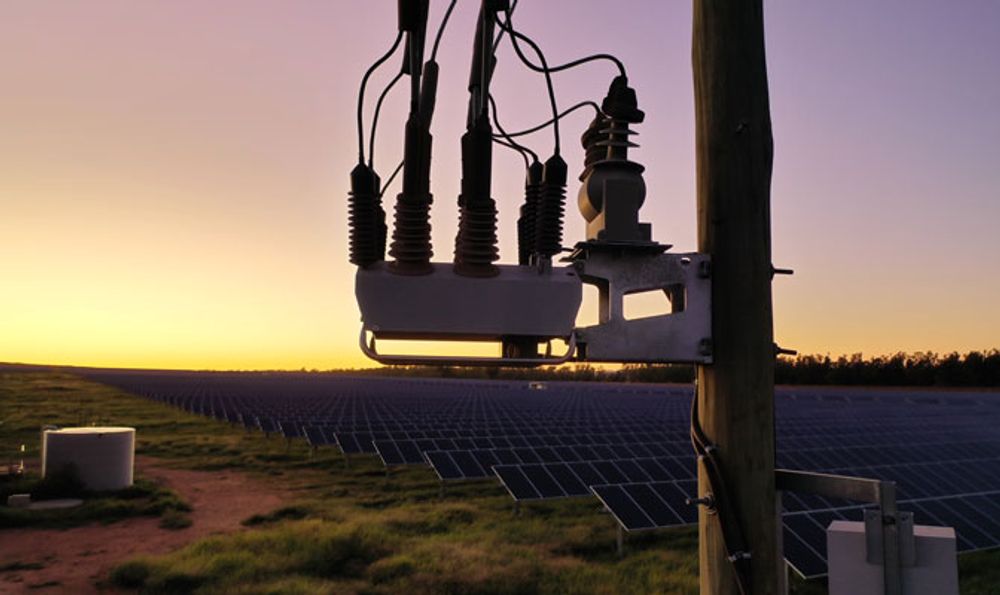Technical Article
Published 06/2020
What is Auto-Reclosing?
Auto-reclosing is the core principle behind the reliability of network performance.
When over 80% of distribution reliability improvements can be achieved with only a single, simple function, it pays great dividends to understand the fundamental strategy in overhead electricity distribution reliability.
In essence, auto reclosing is the automatic closure of circuit breakers after they have tripped to interrupt a fault. Simple in principle, but the greater question is “why reclose at all?”
There are two reasons, split along the delineation between transmission and distribution voltage.
The fundamental principle is that 80% of overhead distribution faults are transient. Lightning or foreign objects coming into contact with overhead lines forms the vast majority of these faults, and these are temporary conditions that will clear the lines in a short period of time.
In the early days of power systems, the lockout of circuit breakers after a fault necessitated a line patrol and operators to travel to the circuit breakers to reset them and restore power. Since most of these faults are only temporary, the power would go back on without much trouble, except the lights had been out for the hours it took for a team to patrol the line and re-engage the circuit breaker.

In the first half of the 20th century, the advent of a technology known as an “Auto-recloser” was born. This device was a circuit breaker with a hydraulic control system, that automatically closed the breaker after a configured open time, to attempt to restore the power without operator intervention. This simple technology allowed utilities to improve their reliability figures by up to 80% with a single device.
This original success has been evolved over the years, firstly through to SF6 insulated technology which has now been surpassed by solid dielectric insulation in all modern units, especially at distribution levels.
The distribution network auto-recloser is the modern workhorse of overhead network protection and control. These devices have a host of protection and control features in a SCADA communications-enabled controller, using a myriad of detection sensors in the circuit breaker to evaluate network conditions and detect faults.
These devices are now used in far more applications than the original feeder protection, but for fundamental value the key usage is to improve reliability figures to improve utility revenue.
Reclosing at bulk electricity transmission levels presents a slightly different use case, where single phase reclosing becomes a more common application. At bulk transfer levels, the key to successful power transmission is the phase angle shift between the send and receive ends of the transmission line. At unity phase angle difference, no power is moved, but as the phase angle is moved forward by the generator, it drags the grid along with it, transferring energy down the line. If a fault causes a circuit breaker to trip, transmission lines need to be re-synchronized before the power can be restored. This can take substantial time and cost a fortune in lost transmission. Single Phase reclosing on transmission lines is an attempt to clear momentary faults without losing synchronicity. By keeping the other phases connected, single phase tripping and reclosing on transmission lines can provide improved reliability.
“It is easy to forget that 80% of the benefit of installing a recloser comes from the installation and correct protection coordination of the device so that it cures 80% of faults without an outage,” reports NOJA Power Group Managing Director Neil O’Sullivan. “With today's modern reclosers that integrate to SCADA and DMS systems the last 20% of benefit comes from the remote control SCADA and DMS systems so it really makes sense to invest in the reclosers first to gain that 80% benefit before proceeding to the remote control SCADA and DMS to achieve the final 20% benefit.”
For distribution networks seeking to improve their reliability performance, the easiest method to achieve this is the implementation of Auto-Reclosing with modern distribution switchgear such as the NOJA Power OSM Recloser.

Want to stay up to date with Electrical Distribution Technology?
Join our list for a free weekly technical bulletin, as we share our Global Electrical Engineering experience directly to your inbox.
Subscribe →